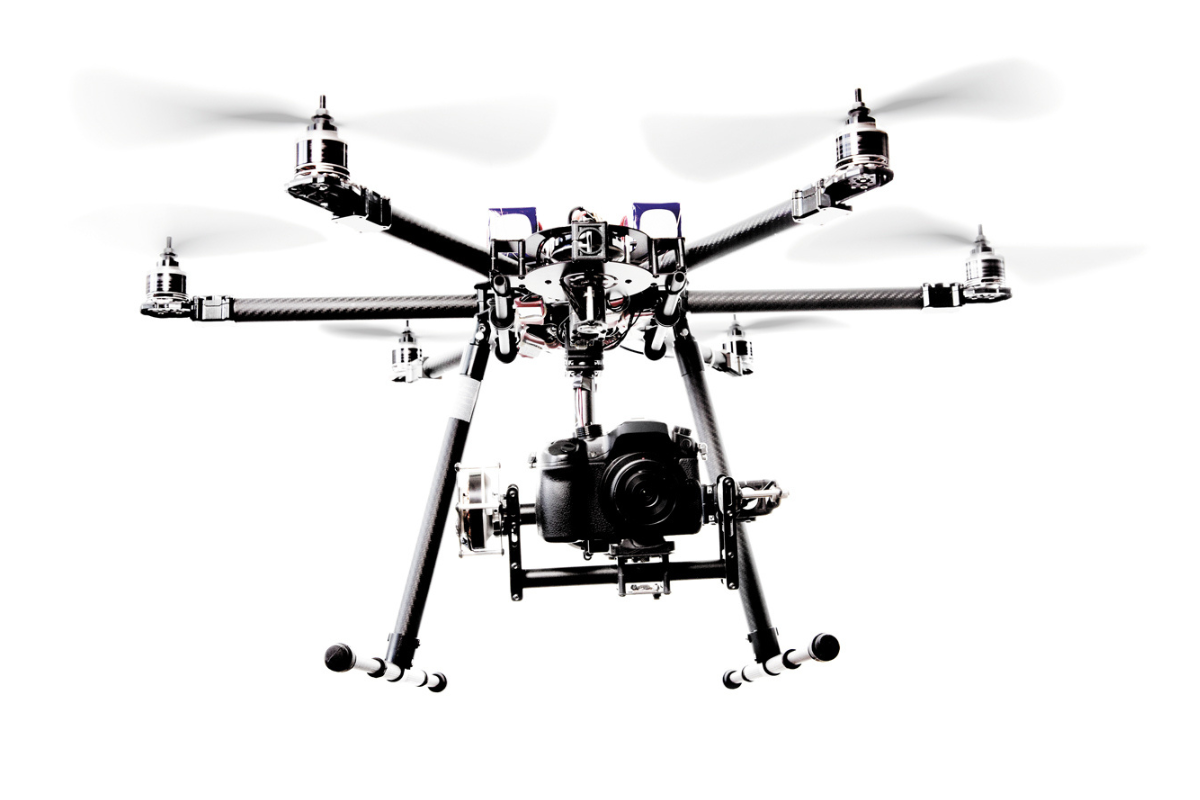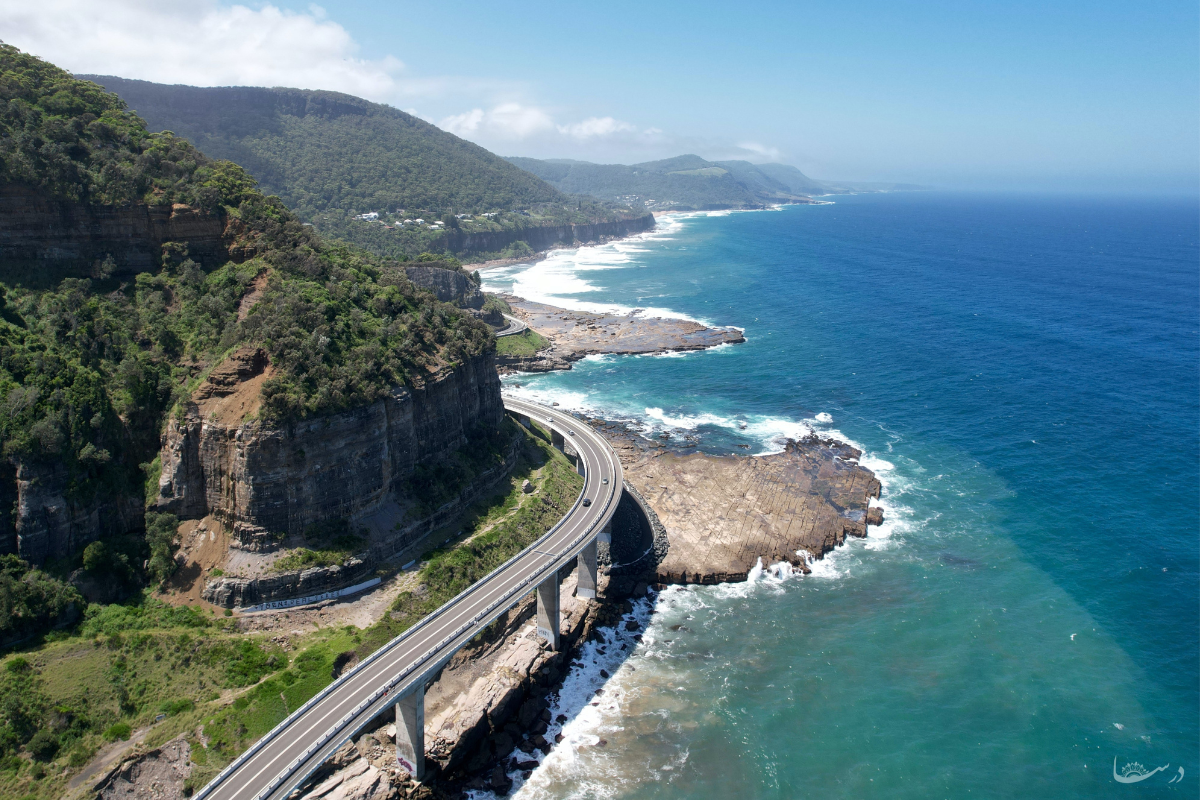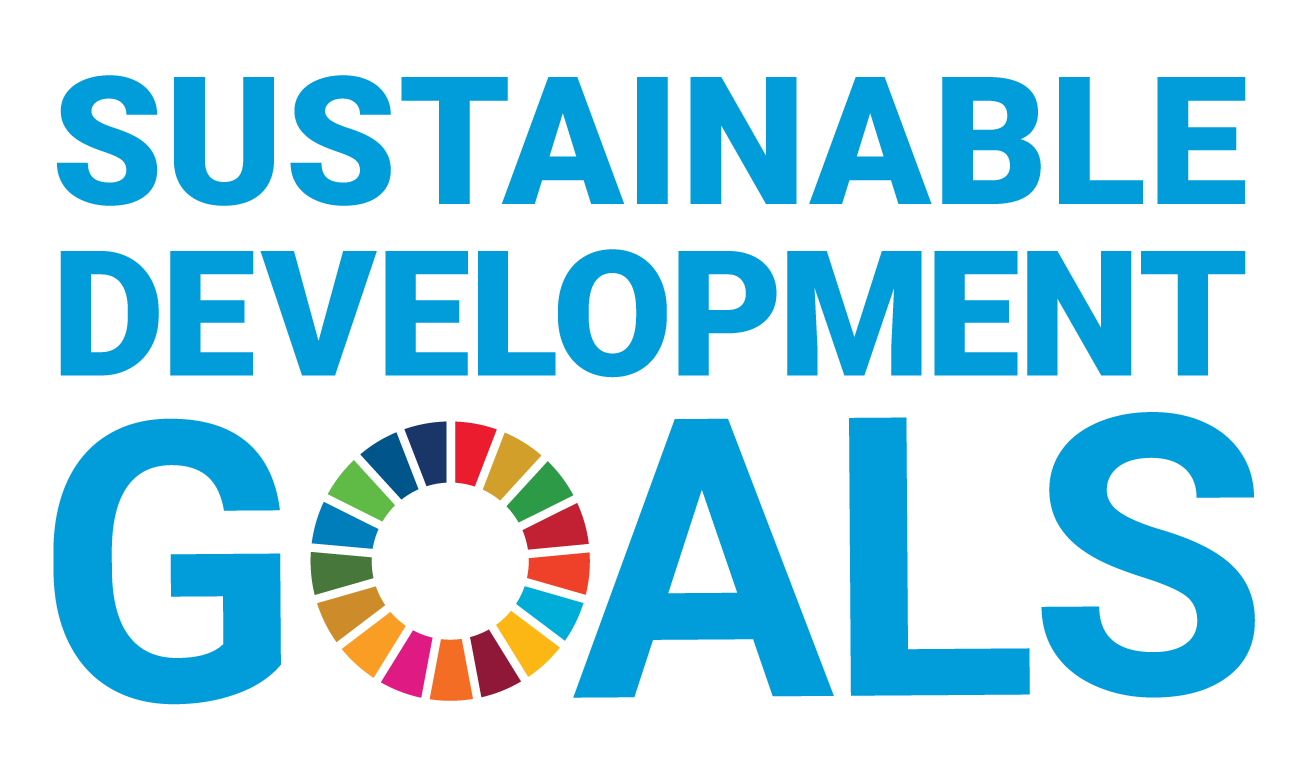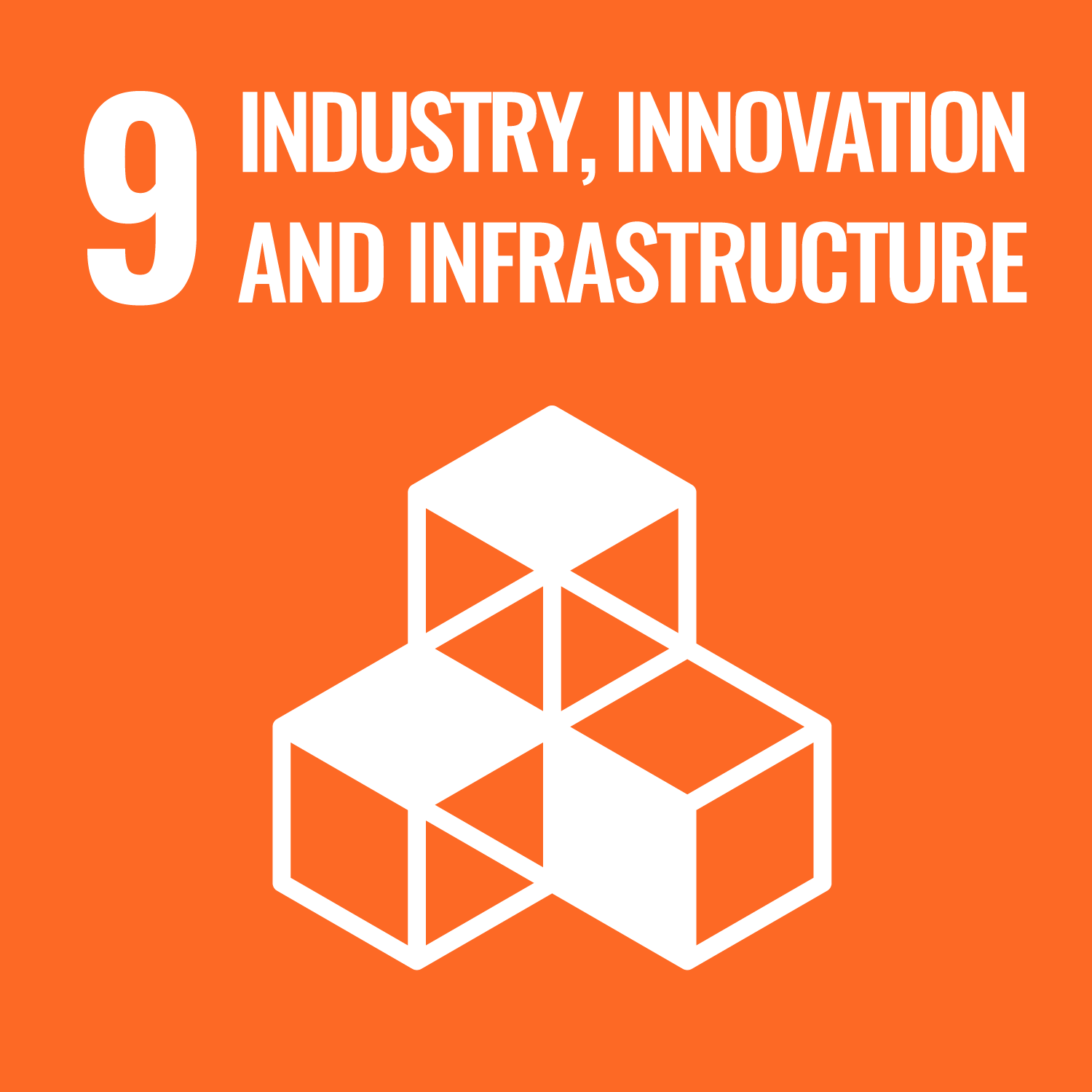You can search for courses, events, people, and anything else.
It would be almost impossible to keep a country moving without bridges. Most of Australia’s thousands of bridges go unnoticed while they suffer daily wear and tear from the stress of carrying people and vehicles. Inspecting for damage is hazardous, expensive and time-consuming.
Engineers at Western Sydney University are taking notice. Dr Maria Rashidi, a senior research fellow at the Urban Transformations Research Centre and leader of the Structural Engineering and Health Monitoring team, employs state-of-the-art drones to fly over, under and even inside bridges. They collect unprecedented volumes of data about the health of these structures.
Rashidi and her team fly drones of various shapes and sizes. Some are small, tough drones with bright lighting designed to enter confined spaces and withstand collisions. Drones with cameras that can swivel upwards are particularly useful for surveying the undersides of bridges. The observations are not restricted to visible light — infrared cameras can pick up subtle changes in temperature related to structural damage.
"Infrared vision helps us identify defects such as delamination of concrete surfaces, corrosion or water entrapment," explains Rashidi. "These change the level of absorption of heat, and therefore produce different colours in the infrared images."
By combining drone images taken from multiple angles, along with ground-based data from penetrating radar, accelerometers and laser scanning, the team create 3D models of the bridges, known as 'digital twins'. These models can be used to simulate how bridges might respond to challenging physical conditions over time.
Need to know
- Western’s Maria Rashidi has been researching the use of drones for identifying damage on bridges.
- She has also used them to construct digital twins of heritage assets.
"Using drones for asset inspections is an emerging and exciting space."
PRESERVE AND PROTECT
"Drones are useful not only for damage inspection, but also in helping us to digitise and conserve heritage assets," says Rashidi. "In Australia, around 82% of bridges were built before 1976, so the original exact geometry and specifications may have been lost. We are working with Transport for NSW to digitise our historic timber truss bridges, and have digitised 27 so far."
A particular success was studying and modelling the Cedar Point Bridge, near Kyogle, in northern New South Wales. "This was an old bridge that had no structural drawing, and no architectural plans available. So we had to do everything from scratch with drones," says Rashidi.
The geometrical model, and the team’s simulations on the digital twin, showed that the superstructure — the part of the bridge above the ground — had deteriorated severely. The superstructure was then replaced by a modular bridge imported from China, which was a good match with the substructure below the ground.
Most excitingly, the team are pioneering drones equipped with artificial intelligence, which can be trained to identify defects. "This type of drone can fly by itself, and if it automatically detects delamination (lifting), corrosion, or a crack, then it will go and investigate," says Rashidi.
Diana Zagora, Director of Civil Engineering Infrastructure at Transport for NSW, is working in collaboration with Western to utilise AI-enabled drones for asset inspections, particularly of bridges.
"Using drones for asset inspections is an emerging and exciting space," says Zagora. "During the COVID lockdown it was more difficult to travel to undertake bridge inspections, particularly in regional NSW." The team was able to draw upon the knowledge from Western to develop digital models from drone footage and analyse bridge structures from the models remotely. "Since then, we have continued working with Maria and her team to develop machine learning for the detection of bridge defects in the images taken by the drone," she says.
Transport for NSW is now training and certifying 12 drone pilots. They plan to extend the use of drones to enhance safety during inspections of bridges, tunnels, natural disaster recovery and the monitoring of transport networks.
Rashidi is excited about trying different types of sensors in future, particularly LIDAR, which could improve the resolution of digital models from around 20 millimetres to less than a millimetre. This could be especially suited to monitoring the health of tailings dams for the mining industry.
Meet the Academic | Dr Maria Rashidi
Dr Maria Rashidi is an experienced researcher with a notable background in design, construction, and asset management projects spanning over 15 years. Her specialised field is Civil Engineering, with a focus on Structural Health Monitoring (SHM) and Decision Support Systems (DSS). Dr Rashidi possesses extensive research capabilities in the area of health monitoring of bridges and other civil infrastructure assets, utilising advanced technologies such as drones, sensor networking, laser scanning, artificial intelligence, and digital twinning. Additionally, she holds a keen interest in infrastructure sustainability, energy harvesting and the development of energy-efficient housing solutions. She is the author and co-author of over 100 scholarly publications, on a wide range of topics in the areas of civil and infrastructure engineering and asset management.
She was a finalist in the University’s Research Impact Competition in 2016 and 2023, representing the School of Engineering, Design and Built Environment. She has been the recipient of several awards including: the school award of researcher of the year through industry partnership in 2021; the award for mid-career researcher of the year in 2022; and the award of researcher of the year through national and international collaborations in 2023. She was also awarded the Western Ventures Impact Prize at the 2023 Research Impact Competition.
Dr Rashidi is currently a senior research fellow at the Urban Transformations Research Centre and the team leader of the Structural Engineering and Health Monitoring team at Western. She has been the chief investigator and project manager of several research and consulting projects.
Credit
Future-Makers is published for Western Sydney University by Nature Research Custom Media, part of Springer Nature.
© KAL VISUALS/Unsplash
© MediaProduction/iStock/Getty
© Photo by Dorsa Hadi on Unsplash







